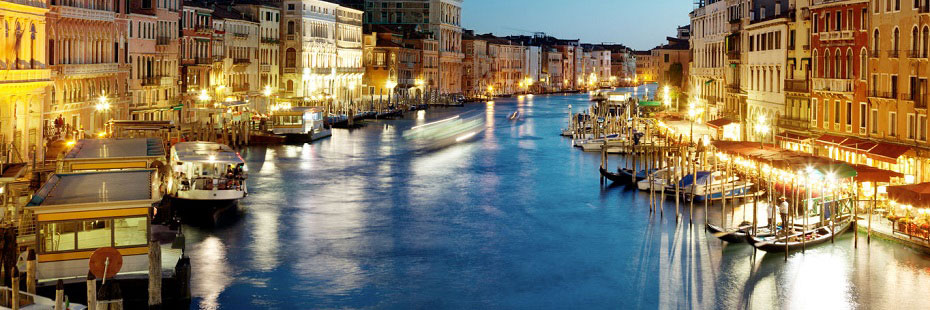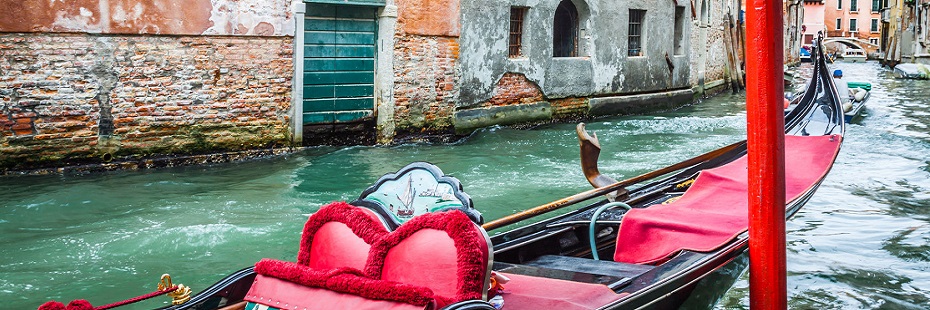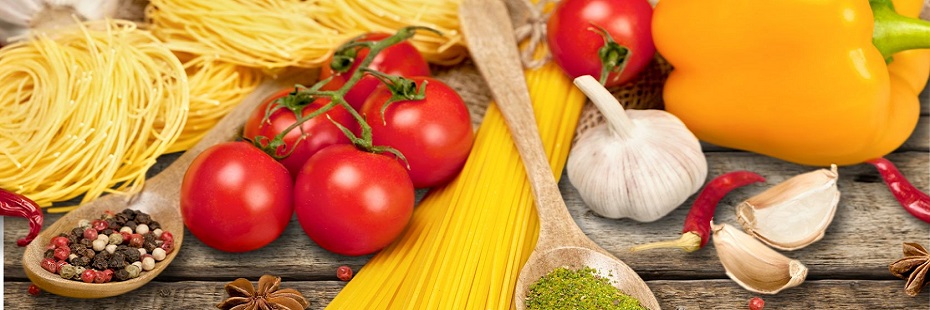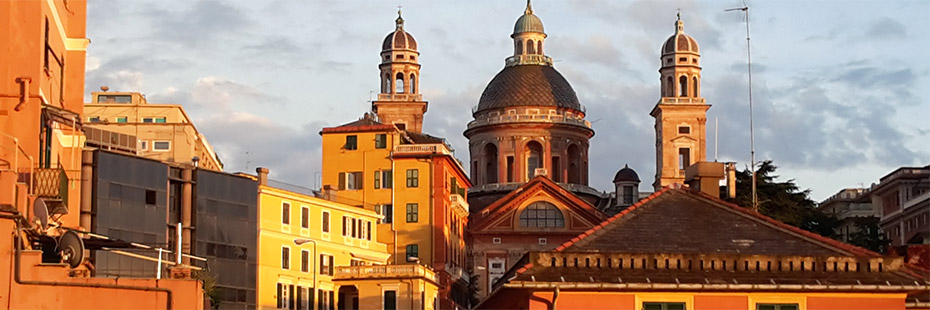| Lo stile di vita italiano è celebrato in tutto il mondo, ma con la globalizzazione e la crisi economica ha subito dei cambiamenti.
Cosa intendiamo oggi per stile di vita italiano? Lo stile di vita italiano può aiutarti a migliorare la tua vita? |
The Italian lifestyle is celebrated all over the world, but with globalization and the economic crisis it has undergone changes.
What do we mean today by Italian lifestyle? Can the Italian lifestyle help you improve your life? |
|---|

Scena memorabile dal film La Dolce Vita di Fellini
Share this activity:
|
La scena della Dolce Vita in cui Marcello Mastroianni e Anita Ekberg fanno il bagno nella fontana di Trevi è memorabile. Sappi però che non è abitudine degli italiani fare il bagno nelle fontane! Anzi, soprattutto negli ultimi anni, chi ha provato a immergersi in una fontana è stato multato in maniera salata.
Tuttavia, è vero che gli italiani sono immersi nella bellezza dell'architettura e dell'arte italiana e il concetto di "fare bella figura" (vestirsi e apparire bene) è ancora piuttosto diffuso.
Ma allora, come è cambiato lo stile di vita degli italiani con la globalizzazione e la crisi economica?
Vediamolo nei grafici seguenti, analizzando il reddito annuale degli italiani dal 2018 al 2022 e il cambiamento nelle abitudini di spesa dal 2022 al 2023 (fonti ISTAT, Istituto Nazionale di Statistica). |
The scene in La Dolce Vita in which Marcello Mastroianni and Anita Ekberg bathe in the Trevi fountain is memorable. However, be aware that bathing in fountains is not the habit of Italians! Indeed, especially in recent years, anyone who has tried to immerse themselves in a fountain has been fined heavily.
In any event, it is true that Italians are immersed in the beauty of Italian architecture and art, and that the concept of “fare bella figura” (dressing and looking good, making a good impression) is still quite widespread.
So, how has the Italian lifestyle changed with globalization and the economic crisis?
Let's see it in the following charts, analyzing the annual income of Italians from 2018 to 2022 and the change in spending habits from 2022 to 2023 (sources ISTAT, National Institute of Statistics). |
|---|

Reddito annuale degli italiani dal 2018 al 2022
(fonte ISTAT)
Questo grafico Istat sul reddito annuale degli italiani dal 2018 al 2022 mostra che le coppie con figli adulti (linea verde) hanno il reddito annuale più alto, intorno ai 57.000 euro.
Le persone sole con meno di 65 anni (linea azzurra) e quelle sole con più di 65 anni (linea viola) hanno il reddito più basso, intorno ai 22.000 euro l'anno.
Le coppie con almeno un figlio minorenne (linea gialla) hanno un reddito intorno ai 46.000 euro l'anno.
Un genitore solo con almeno un figlio minorenne (linea marrone) ha un reddito annuale intorno ai 27.000 euro mentre un genitore solo con figli adulti (linea rosa) è intorno ai 40.000 euro l'anno. |
This Istat chart on the annual income of Italians from 2018 to 2022, shows that couples with adult children (green line) have the highest annual income, around 57,000 euros.
Single people under 65 (blue line) and single people over 65 (purple line) have the lowest income, around 22,000 euros per year.
Couples with at least one minor child (yellow line) have incomes around 46,000 euros per year.
A single parent with at least one minor child (brown line) has an annual income around 27,000 euros while a single parent with adult children (pink line) is around 40,000 euros per year. |
|---|---|
| Quali sono le abitudini di spesa degli italiani? Vediamo il grafico seguente: |
What are the spending habits of Italians? Let's take a look at the chart below: |

Cambiamenti nelle abitudini di spesa dal 2022 al 2023 (fonte ISTAT)
Il grafico mostra che il 66,5% degli italiani nel 2023 ha continuato a comprare il cibo come nell'anno precedente, (nonostante l'inflazione e l'aumento dei prezzi), mentre è calato un poco l'acquisto di bevande.
Il 76,6% degli italiani ha continuato a spendere per visite mediche specialistiche o preventive come faceva prima, mentre il 15,7% ne ha ridotto o limitato la spesa in quantità o qualità.
Il 60,5% degli italiani ha continuato a spendere per carburanti per la macchina o la moto, mentre il 22,3% ne ha ridotto o limitato la spesa.
Il 32,8% degli italiani ha continuato a spendere per viaggi e vacanze, mentre il 24,8% ne ha ridotto o limitato la spesa.
|
The chart shows that 66.5% of Italians in 2023 continued to buy food as in the previous year, (despite inflation and price increases), while the purchase of beverages dropped a little.
76.6% of Italians continued to spend on checkups for specialized or preventive medical care as they did before, while 15.7% reduced or limited their spending in quantity or quality.
60.5% of Italians continued to spend on fuel for their car or motorcycle, while 22.3% reduced or limited their spending.
32.8% of Italians continued to spend on travel and vacations, while 24.8% reduced or limited their spending. |
|---|---|
| Nel 2023 le SPESE MEDIE MENSILI degli italiani sono state le seguenti:
(fonte esploradati.istat.it) |
In 2023, the AVERAGE MONTHLY EXPENSES of Italians were as follows:
(source esploradati.istat.it) |
In conclusione, da questi numeri possiamo dire che durante gli anni, a causa dell'inflazione e della crisi economica, gli italiani hanno sofferto e hanno dovuto fare delle rinunce (ad esempio diminuendo viaggi e vacanze). Tuttavia, sembra che il valore del mangiare bene per gli italiani si confermi come molto importante perché l'acquisto di cibo (anche di qualità) e i servizi di ristoranti e bar sono fra le spese mensili più alte.
Possiamo anche dire che "la bella figura" è salva, perché le spese di abbigliamento, calzature e parrucchiere rimangono significative.
È interessante notare che le spese per le assicurazioni sono importanti mentre quelle per i servizi finanziari e il gioco d'azzardo sono più basse di quelle per lo sport e la cultura.
Nonostante la globalizzazione e la crisi economica, lo stile di vita degli italiani continuerà ad essere il seguente?
Perché la storia insegna che il tempo passa veloce e che i posteri ci giudicheranno. |
In conclusion, from these numbers we can say that over the years, due to inflation and the economic crisis, Italians have suffered and had to make sacrifices (e.g., decreasing travel and vacations). However, it seems that the value of eating well for Italians is confirmed as very important because the purchase of food (including quality food) and the services of restaurants and bars are among the highest monthly expenses.
We can also say that “la bella figura” is safe because expenses on clothing, footwear and hairdressing remain significant.
Interestingly, insurance expenses are significant while those for financial services and gambling are lower than those for sports and culture.
Despite globalization and the economic crisis, will the lifestyle of Italians continue to be as follows?
Because history teaches that time passes quickly and future generations will judge us. |
15 Agosto 2025







